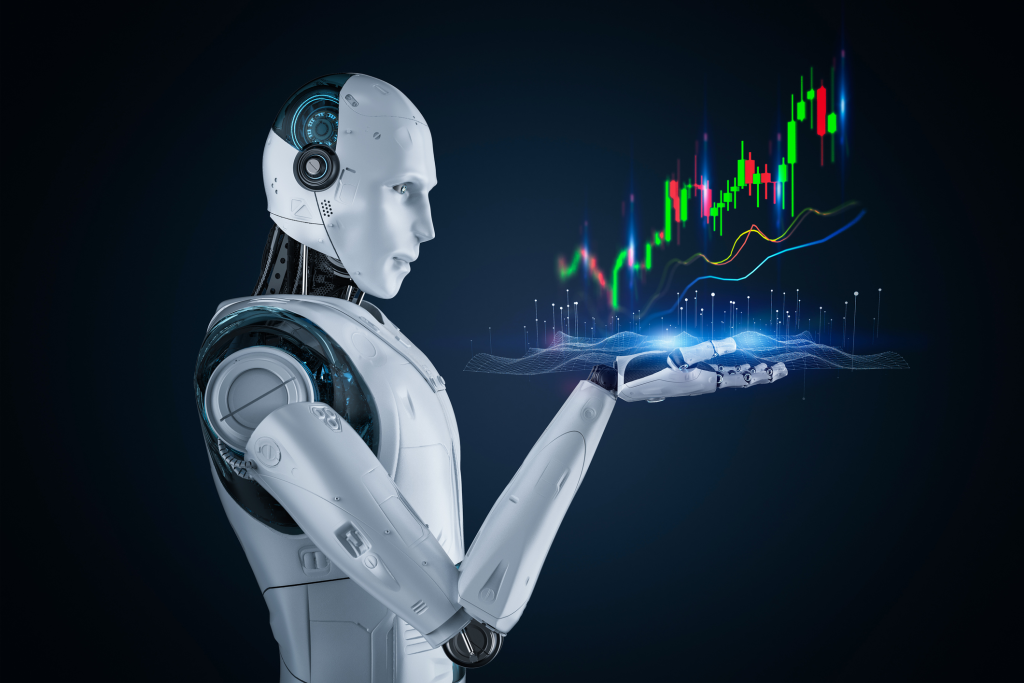Experts say the AI mania has shades of the dot-com and housing bubbles and could end painfully.
Cheap money and hefty government spending have driven asset prices to dangerous highs, they told BI.
“The proverbial powder keg is full but won’t blow until something ignites the fuse,” they warned.
Experts say the frenzy around AI stocks resembles the last two major market bubbles — and could end in disaster if investors get spooked.
Every financial mania is different, but the current tech boom shows “some similarities with the run-up to both the dot-com and 2008 housing bubbles,” Nathan Burks, Adetokunbo Fadahunsi, and Ann Marie Hibbert told Business Insider in an email.
The trio co-authored a paper titled “Financial Contagion: A Tale of Three Bubbles” in 2021. Burks was a member of West Virginia University’s finance department at the time and now works as a researcher at a crypto options-trading platform called Panoptic.
Fadahunsi is an assistant professor of statistics at George Mason University, while Hibbert is the interim chair of WVU’s finance department.
The bubble experts pointed to the Federal Reserve’s “relatively loose” monetary policy as one common factor between this market and the last two big bubbles. But they underscored one big difference is the “unprecedented fiscal stimulus in the wake of the COVID-19 pandemic.”
In other words, low interest rates and an ample money supply were contributors then and now, and the US government added fuel to the woodpile with its trillions of dollars in emergency spending during the pandemic, and its large-scale infrastructure and industrial programs since then.
“This combination of aggressive fiscal and monetary expansion, along with broader sentiment largely being driven by Big Tech (high-beta) stocks, has thus given way to an elevated level of overoptimism that is particularly similar to the foundations of the dot-com bubble as outlined in our paper,” they told BI.
The market historians also noted the US economy is showing “a set of properties which historically portends significant market turbulence within the next few years, given a proper catalyst.”
“Simply put, the proverbial powder keg is full, but there still has to be a specific market event that ignites the fuse,” they added.
Ridiculous or revolutionary?
Nvidia, the star stock of the AI boom, has more than tripled in the past year and just replaced Microsoft as the world’s most valuable company worth $3.3 trillion.
Chris Bloomstran, the president and chief investor of Semper Augustus, rang the alarm on tech valuations in an X post on Wednesday. He noted the Magnificent 7 stocks are worth a combined $16 trillion — 34% of the S&P 500’s market value, and more than the index’s total value in early 2016.
“This is the goofiest and likely most dangerous concentration of overvaluation I’ve seen in 34 years investing and throughout financial history,” Bloomstran said.
“At 23 times 2024 expected earnings, the market-cap weighted S&P 500 is froth with excess and, in my judgment, uninvestable.”
Some experts have compared Nvidia to Cisco, the network hardware company whose stock ballooned during the dot-com bubble before ultimately crashing. It has never returned to its peak.
Yet former Cisco CEO John Chambers recently told The Wall Street Journal that history is not repeating itself. The market for AI could equal “the internet and cloud computing combined,” he said, noting the speed of change and timing of Nvidia’s ascent is different from Cisco’s.
No one can predict if the AI craze will end with a devastating crash like the dot-com and housing bubbles, or usher in a new market regime led by Nvidia and its kin. But it’s never a bad idea to look to history for hints of what might be coming.



